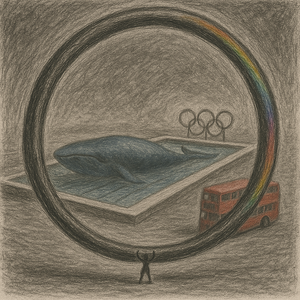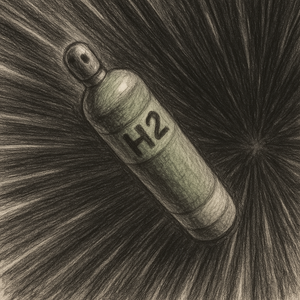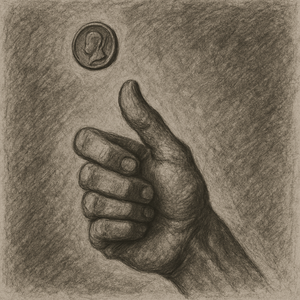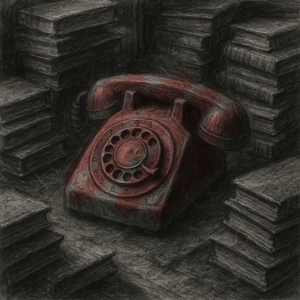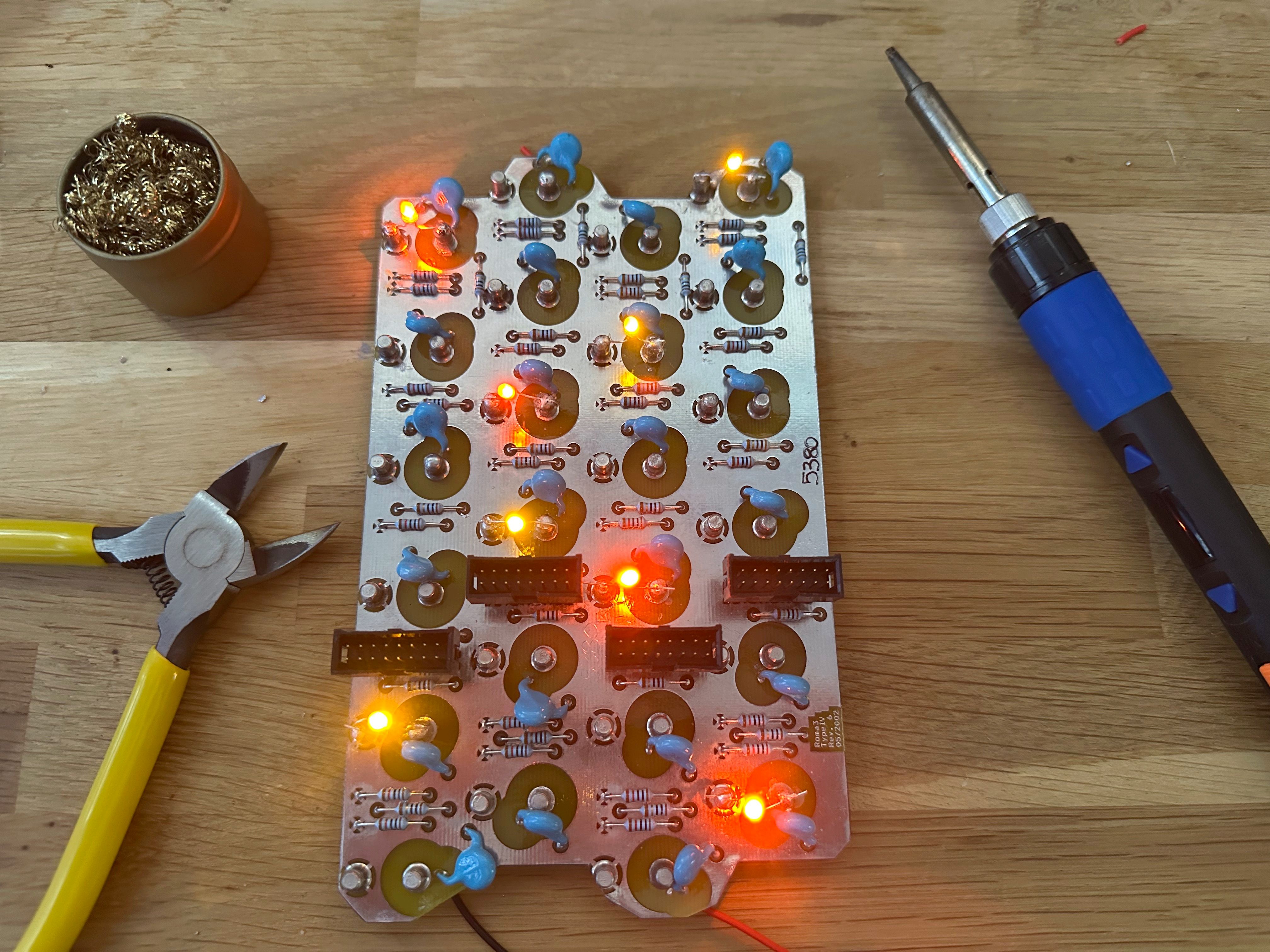
Some of our most popular workshops at the CERN Festival Programme involve soldering. A perennial favourite is our solar-powered mobile phone charger workshop, and even our youngest visitors get to have a go at soldering little LED badges. This one always makes my heart rate shoot up with thoughts of tiny, singed fingers, but so far, our stellar team of volunteers has pulled it off with hardly any fingers coming out smelling like a roast dinner.
Late last year, an extraordinary opportunity arose when some of our intrepid colleagues, deep beneath the ground in CERN’s extensive network of caverns and warehouses, began dismantling components from the famed ATLAS experiment. During the period from 2019 to 2022, the Large Hadron Collider (LHC)—the world’s largest and most powerful particle accelerator—was temporarily paused for its second long-term upgrade, known as Long Shutdown 2 (LS2). During this downtime, several critical parts of the ATLAS detector were improved or replaced, including two crucial instruments known as the “small wheels.”
The term “small wheel” is a charming understatement. Each wheel measures ten metres in diameter—about as tall as a Tyrannosaurus rex, or equivalent to more than five people standing on each other’s shoulders! They’re referred to as “small” simply because the full ATLAS detector is even more massive, spanning an impressive 25 metres across. Positioned at each end of the detector, these small wheels have the critical task of identifying and measuring muons—highly energetic particles generated during particle collisions, particularly those traveling in a forward direction, parallel to the circulating beams. After a decade of operation and contributing invaluable insights into particle physics, including the groundbreaking Nobel Prize-winning discovery of the Higgs Boson, it was time to upgrade these wheels to handle even higher-energy collisions.
As part of the dismantling process, many circuit boards from the detector’s power control systems became redundant and were destined for recycling. Recognizing their historical significance, our colleagues reached out to us, and naturally, we fell in love with the idea of repurposing them for educational and creative workshops. Thus, the exciting “Create a Higgs Circuit” workshop was born, brand new for 2025.
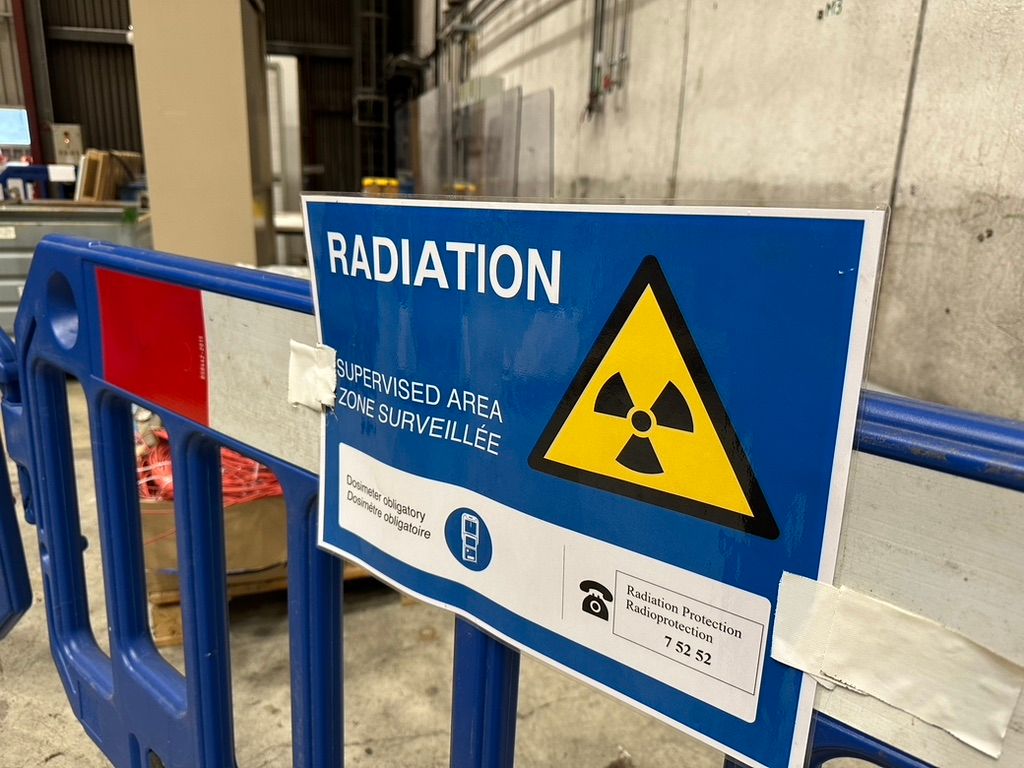
The reason we could only start stripping this now was that we had to wait for things to “cool down” and no longer be radioactive. All materials have been carefully checked.
In this unique experience, participants begin with a short and accessible talk introducing the ATLAS detector, the fascinating role of the small wheels, and the remarkable discovery of the Higgs Boson. They then receive a clear, beginner-friendly explanation about the specific circuit they’ll build, along with a basic soldering tutorial suitable even for complete novices.
Participants are encouraged to personalize their creations, selecting their preferred LED colours and designing their unique patterns based on available connection points on these historic boards. With expert guidance, participants transform these former detector components into vibrant, personalized LED installations.
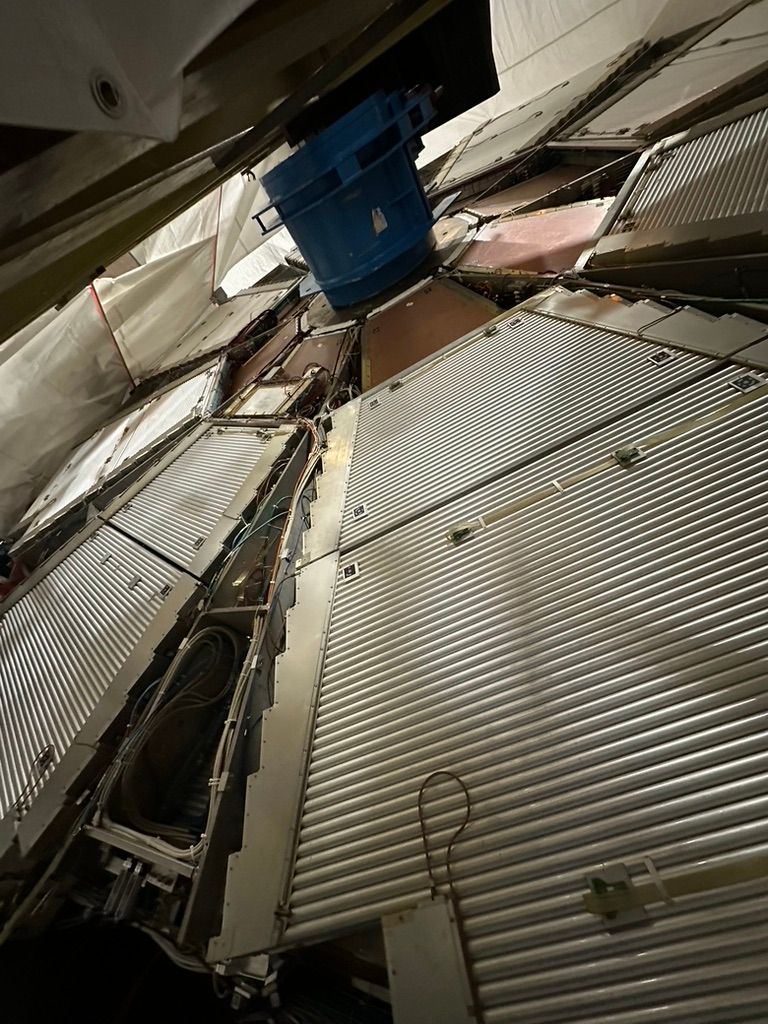
Looking up at all the parts still to be stripped…
At the end of the workshop, each participant leaves with their handcrafted, illuminated circuit; a genuine piece of scientific history once situated inside the ATLAS detector at the moment of one of humanity’s greatest scientific discoveries. Alongside their creation, participants carry home not just a remarkable souvenir but also the pride and confidence gained from creating their very own electronic circuit.
Come see us this summer at one of our festivals: The Colours of Ostrava, Czechia, Smukfest, Denmark, and at both Sonorama Ribera and Rototom Sunsplash in Spain. Latest information about our programme at The Big Bang Collective.

